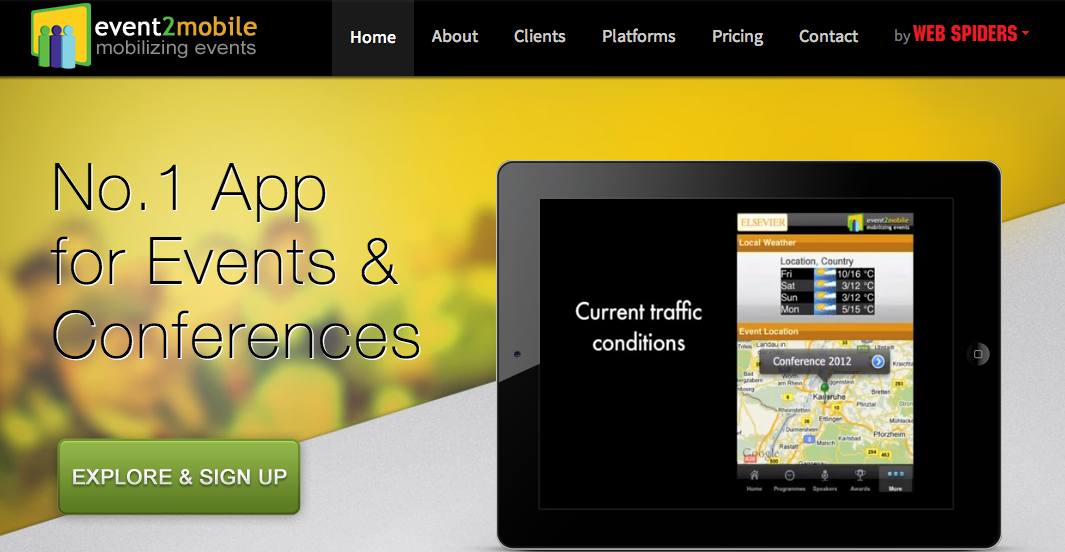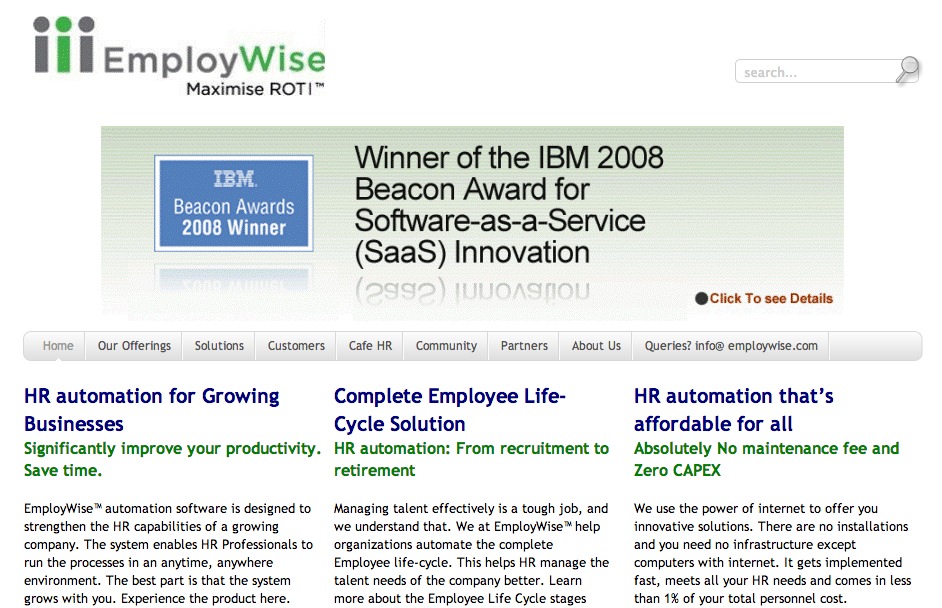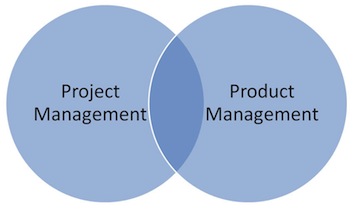It is an irony of sorts: the more things get real, the more they need to go virtual; and the more virtual they get, the more there is a need to balance the two with Augmented Reality. That is the case with events. As events – trade fairs, conferences, seminars, exhibitions – become bigger and span multiple dates, multiple venues, have multiple tracks and hundreds of exhibitors and thousands of participants, there is no way to keep pace with the event. So, what do you do? You get your event on a platform like Event2Mobile that lets you distribute event details like agenda, attendees, exhibitors, location etc with ease and without the problems of cost, time and distribution associated with print. And, of course, putting it on a mobile ensures that the event goes wherever the stakeholder goes.
Event2Mobile, of course, is selling the service on the strength of interactivity, deeper engagement with attendees, experiential capabilities, ability to update the event on the fly (and let attendees know about it instantly), networking capability, integration with weather updates and Google maps, live chats and so on. Not that it takes much intelligence to guess what a mobile app for events should be doing – but the thing about Event2Mobile is that it does all of what you guessed plus some more (there is a free version of the service, but it works only on the iPhone).
The intriguing part is the thinking that the platform has put in place. For example, delegates have a QR code that can be scanned and this makes it easy and accurate to send mailers or additional information to the delegate without having to exchange cards and keeping track of what needs to be mailed. The service also provides event analytics – if it can do this in real time, it can help event organizers deal with upcoming problems to ensure a better experience (like incentivizing attendees to go to Restaurant B on the venue when Restaurant A appears to be filling up).
The challenge with such a service is that it can be mimicked overnight. What took the original development team months to think through and get right can be copied in a few hours by a competitor. There are no real barriers to the business. Over a period of time a service like Event2Mobile will survive on competitive pricing. This means two things: first, it must race to bring in customers to recover development cost before competition begins to eat into the market; second, it must bundle itself as a component of enterprise grade Trade Promotion Organization (TPO) and Trade Promotion Management (TPM) solutions.







